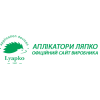Devices applique Lyapko as a method of physiotherapy
2 Indications for physiotherapy
3 Contraindications to physiotherapy
What is physiotherapy
Physiotherapy is a specialized field of clinical medicine that studies the physiological and therapeutic effect of natural and artificially created physical factors on the human body.
Treatment with drugs in certain situations is certainly justified, but this raises the possibility of unwanted and unforeseen side effects.
The safest and most common area of treatment and rehabilitation today is physiotherapy, which uses methods that have been tested for thousands of years, as well as created and are being created in our time. It can be used alone or in combination with other treatments.
Physiotherapy is a treatment using natural and physical factors: heat and cold, ultrasound, electric current, magnetic field, laser, ultraviolet, infrared and other types of radiation, therapeutic mud, water, massage, hirudotherapy, reflexology, etc.
Benefits of physiotherapy:
- High efficiency and safety while taking drugs.
- No side effects.
- Prolongation of the period of remission in the treatment of chronic diseases.
- Lack of addiction, which can occur with long-term use of drugs.
- Painlessness.
- Ability to use multiple treatments at the same time.
Due to its active effect on the body, physiotherapy allows you to reduce medication by increasing the sensitivity of the body to the healing properties of medicines. It awakens the internal reserves of the body, strengthens the immune system and thereby reduces the duration of treatment.
As an independent method of treatment, physiotherapy is effective in the initial stages of the development of the disease.
Most often it is used as an additional method in the general course of treatment.
It is prescribed during periods of rehabilitation after illnesses and goes well with drug treatment regimens. In the absence of contraindications, the use of physiotherapeutic methods significantly accelerates the healing process and alleviates the patient's condition.
Treatment is prescribed individually for each disease, in accordance with the age of the patient, his general condition, the presence of complications and concomitant diseases.
Indications for physiotherapy
- inflammatory pathologies;
- traumatic injuries;
- metabolic-dystrophic diseases;
- violations of the secretion of internal organs;
- functional disorders of the central and autonomic nervous system;
- motor disorders of the gastrointestinal tract.
Considering the predominantly stimulating nature of the influence of physical factors on the body, their appointment in the subacute and chronic stages of the course of the disease is most justified.
Contraindications to physiotherapy
- Systemic blood diseases
- Sudden exhaustion of the patient (cachexia)
- Hypertension stage III
- Pronounced atherosclerosis of cerebral vessels
- Diseases of the cardiovascular system in the stage of decompensation
- Violation of the heart rhythm (atrial fibrillation, extrasystole)
- Tendency to bleed
- Epilepsy with frequent seizures
- Hysteria, psychosis
- Infectious diseases in the acute stage
- Neoplasms
- The presence of electronic or metal subcutaneous and intraosseous implants in the affected area
- Wearing a pacemaker
- Skin defects (abrasions, cracks, rashes)
- Acute purulent-inflammatory processes of various localization
- Allergic reactions to the administered drug
- Pregnancy
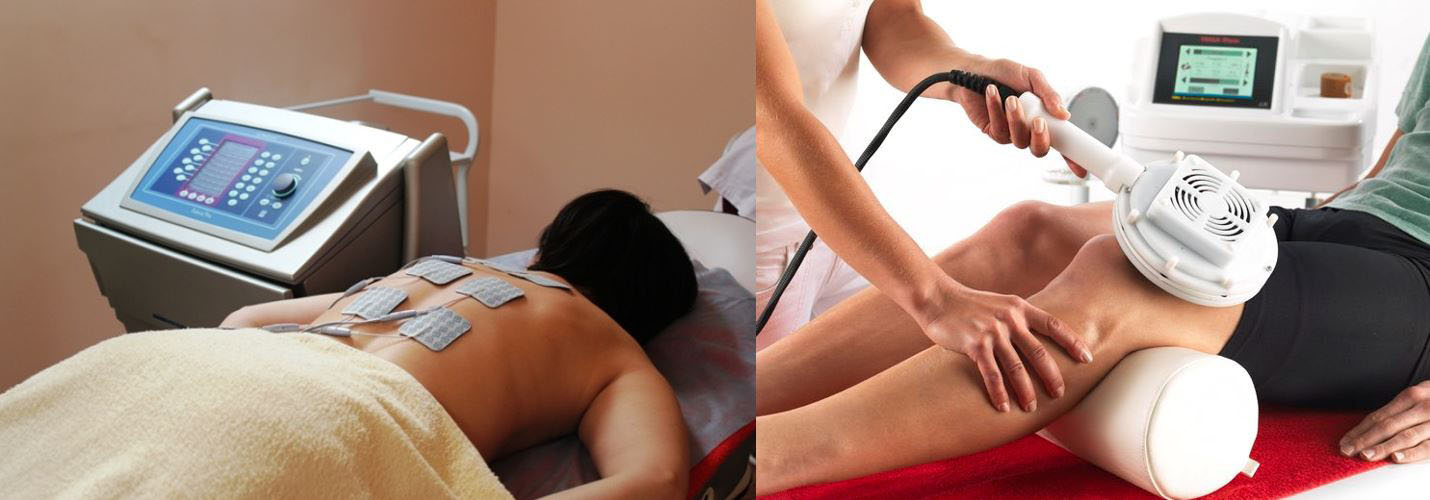
Reflexology
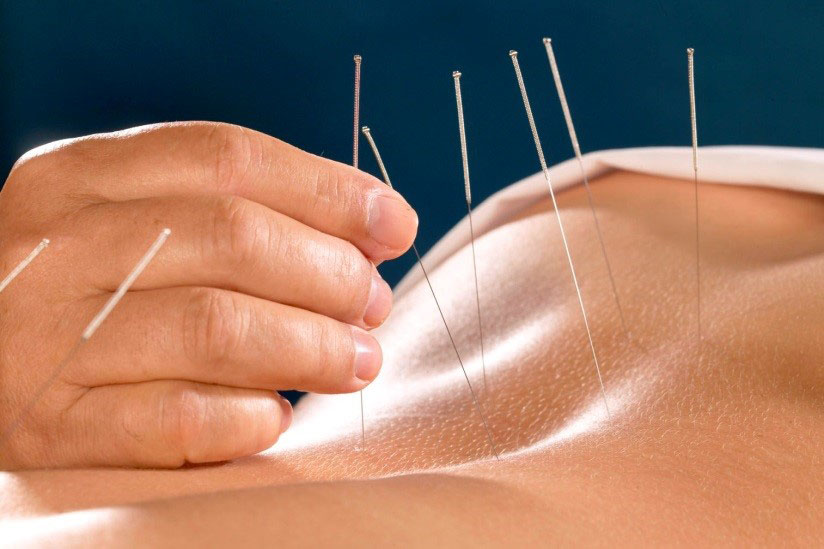
Many of the above diseases are not contraindications for one of the sections of physiotherapy - reflexology.
There is a group of patients who are contraindicated in electrophysiotherapy procedures for various reasons. These are increased blood pressure figures, the presence of metal in the body (knitting needles, metal fragments, implants, pacemakers), pregnancy, etc. However, a good therapeutic effect in such patients is observed when prescribing massage and multi-needle application therapy.
In these cases, Lyapko's application therapy is the means of choice.
Reflexology is a set of techniques and methods of influencing biologically active points of the body, in which many nerve endings are concentrated. Irritation of these points has a beneficial effect on the body, restoring its work. The most common methods of reflexology are acupuncture (acupuncture), massage (acupressure).
Reflexology is based on the idea that the whole organism is a single whole, and a change in one of its parts entails a reflex change in the work of the whole organism.
The method of acupuncture has justified itself as an independent method of therapy, and in combination with other types of therapy (medication, physiotherapy, electrotherapy, etc.).
Effects obtained during reflexology:
- elimination of pain;
- a noticeable improvement in microcirculation in systems and organs;
- normalization of blood pressure;
- normalization of the heart and brain;
- improved metabolism;
- getting rid of addictions, including nicotine;
- increased immunity and resistance to infections;
- restoration of the disturbed energy balance of the body.
Lyapko application devices as a method of physiotherapy
Multi-metal multi-needle reflexotherapy with Lyapko application devices fulfills one of the important recommendations of classical reflexology: use two or more differently charged metals to effectively influence the channels (meridians) of internal organs.
Unlike other methods of reflexology, in this case the body itself determines the magnitude of the electric current, and also chooses one or another metal in the dose necessary for it and in the part of the body where it is needed at the moment.
Having a pronounced therapeutic and general health effect, Lyapko's application devices have practically no contraindications for use and side effects. The treatment is well tolerated and significantly improves the quality of life of patients.
Thus, Lyapko's application devices, being one of the reflexotherapy methods, can be considered as an independent section of physiotherapy treatment.
Important! The use of physiotherapy for acute pain is contraindicated, since with increased blood circulation, tissue edema will increase, which will contribute to the severity of the pain syndrome.
It is necessary to improve blood circulation after the acute pain passes, and the edema begins to decrease. This is usually 2-3 days after the anti-inflammatory, decongestant, analgesic drug treatment started.
The use of Lyapko's application therapy in the acute period is allowed, but the individual characteristics of the patient must be taken into account. If the pain intensifies, then you need to wait 2-3 days, if it becomes easier, then continue treatment with the applicator.
Lyapko's applicators in various modifications (plates, rollers, applique belts, applique tapes) are an original, powerful device with many health-improving therapeutic possibilities.

Their action is based on the principles of traditional Chinese medicine - superficial multi-needle acupuncture, as well as on the general physiological mechanisms of life.
Mechanisms of action of the applicator
The high healing effect of Lyapko applicators is due to a combination of intense reactions:
- reflex-mechanical;
- galvano-electric;
- immunological.
Application therapy has a pronounced analgesic and antispasmodic effect. Improves blood circulation, lymph flow, microcirculation, reduces tissue swelling. It activates tissue mechanisms of immune defense, increases the level of its own opiate peptides and anti-stress hormones in the blood, reduces the sensitivity of pain receptors, has a positive psycho-emotional effect and, as a result, stimulates the general adaptive mechanisms of a person. In contact with the skin, the applicator needles stimulate the release of a person’s internal medicines, including his “inner doctor” in his work.
It is important to note that the local (local) improvement of blood circulation during application therapy occurs without additional stress on the heart, as the work of the peripheral circulation increases, and the heart rests at this time. This is very important for all categories of patients, and especially for those with coronary heart disease, 1-2 degree circulatory failure, and the elderly.
Lyapko's application therapy is combined with all types of medical and physiotherapeutic treatment. The ease of use of Lyapko's application devices, their safety allows you to take such procedures at home.
After removing the applicator at the site of its application for 10 minutes, all pores are open, so to improve the healing effect, you can apply ointments, creams that have analgesic, anti-inflammatory effects.
How to work with the applicator, application zones
In 90% of cases, it is necessary to act on the pain zone, and to increase efficiency on additional and auxiliary zones.
It is always necessary to include the main zone (the region of the spine) in the general recipe.
The main zones are located on the back surface of the trunk, head, neck.

The main ones are named due to the fact that the skin areas on both sides of the spine and directly above the spine are closest to the exits of the roots of the cranial and spinal nerves and other structures.
Very important meridians also pass here, which affect all organs and systems of the body, in the area in which they pass, control the protective energy of a person, affect his resistance to diseases.
Thus, a multi-needle multi-metal effect is desirable and most effective on the area of the skin surface above the spine to the right and left of the spinal column and on the back surface of the trunk, head and neck. It can be used on the spine itself.
The choice of the most important area (zone, stripe, segment) of the skin on the back surface of the body will depend on the main diagnosis, pathology, zone of damage to certain organs, and the level of segmental innervation of these organs.
In the guidelines for the use of Lyapko's application therapy for each disease, a schematic drawing is always given indicating the necessary areas of application.

Auxiliary zones - the front surface of the trunk, head and neck.
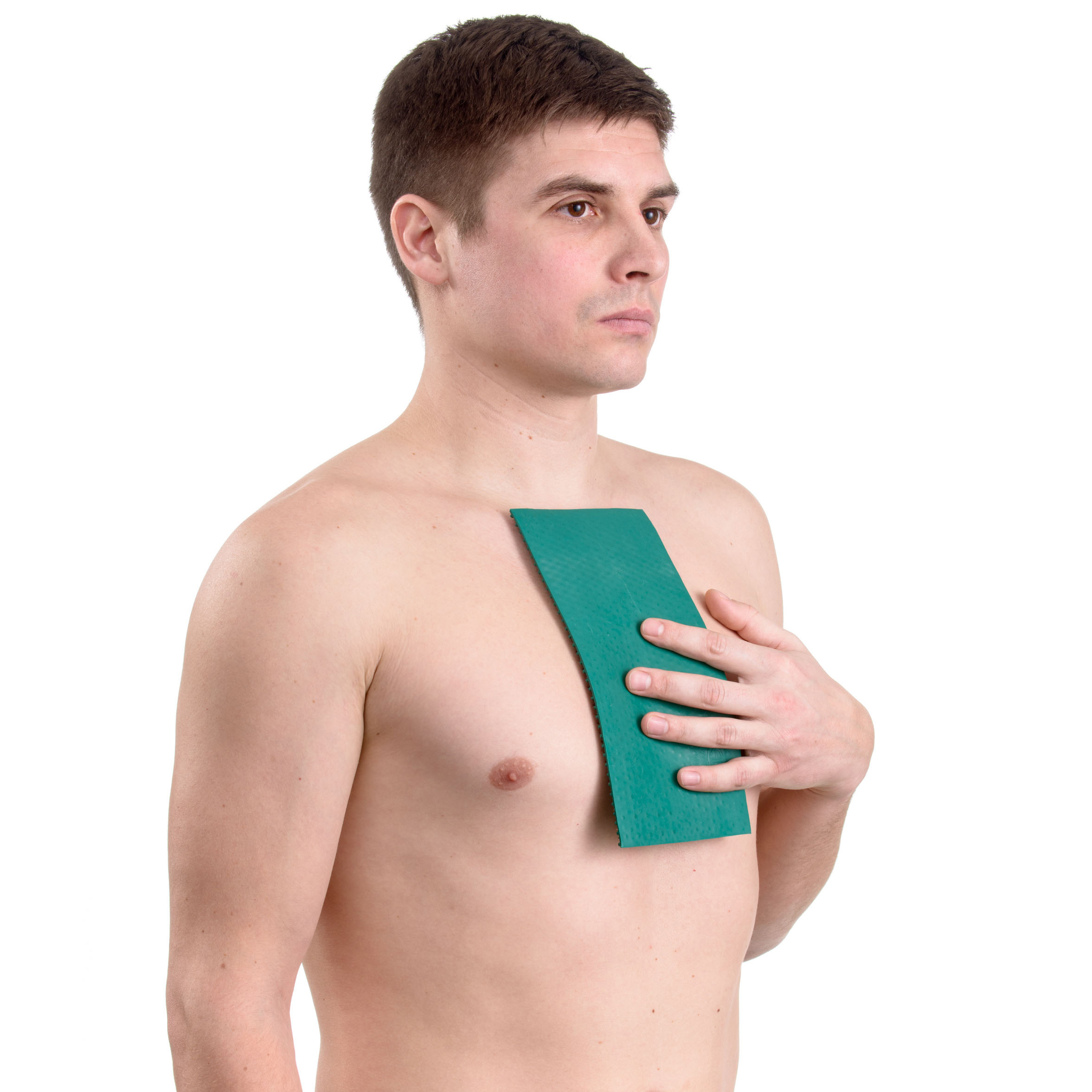
Due to the fact that the internal organs and glands of internal secretion are located directly under the anterior abdominal wall, under the chest, in the neck, face, exposure to them or to individual skin areas (metamers) in these areas with the help of different metal needle applicators contributes to the regulation, normalization, restoration, improvement and activation of the activity of these organs. The result is achieved faster when using auxiliary zones simultaneously with the main and additional zones.
Additional zones: zones of the skin of the lower and upper extremities, which are secondary (peripheral) in relation to the (central) structures of the spinal cord and brain.
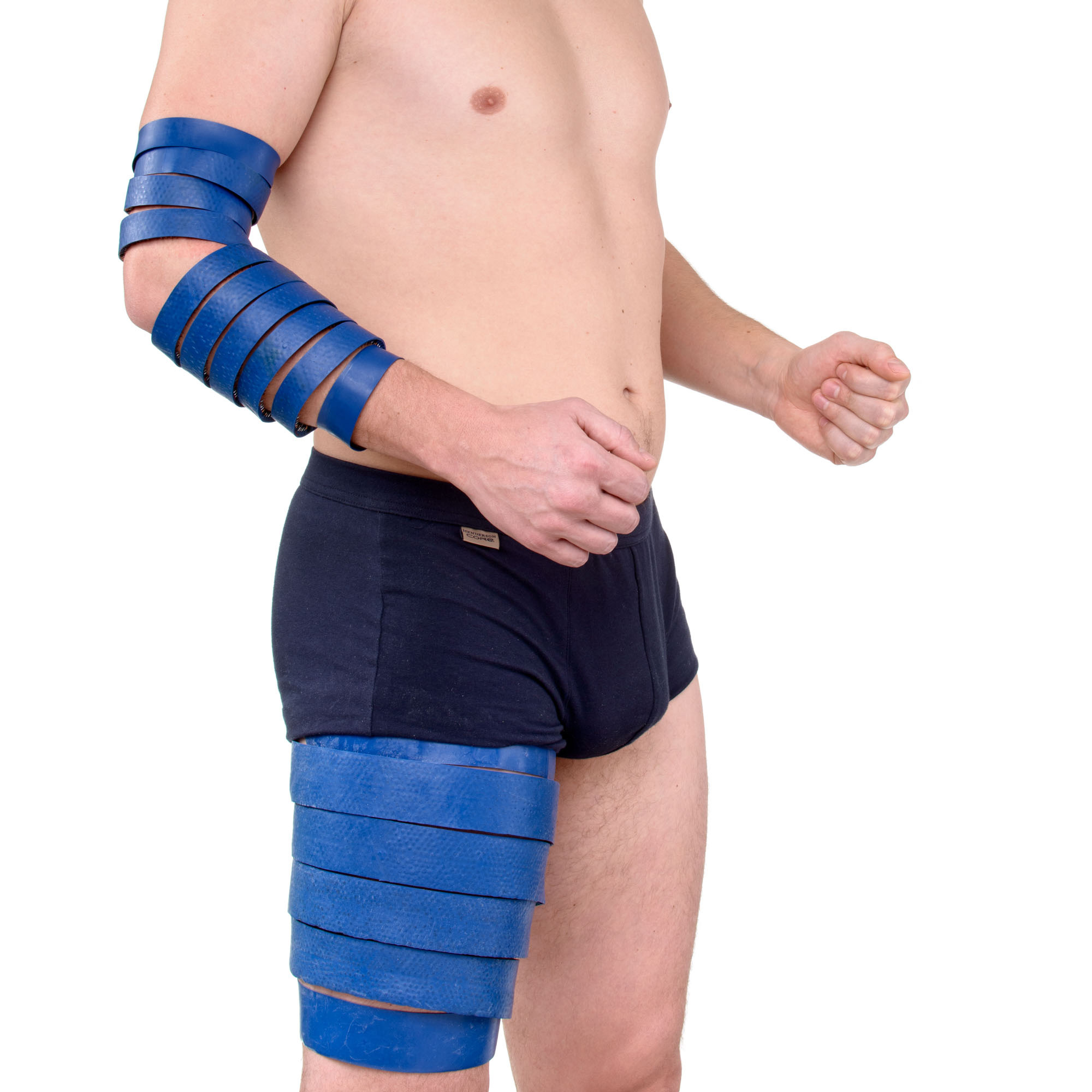
On the inner and outer surfaces of the arms and legs there are zones of "Yin" (female) and "Yang" (male) groups of channels. These are the meridians of organs located on a certain surface of the arms and legs, and having different groups of points that differ in purpose.
Using for applications and influencing various groups of points of certain meridian channels, we have the opportunity to additionally regulate (change, strengthen or lower) the activity of certain organs and systems (general action). Thus, we intensify the work during the application of Lyapko applicators on the main and auxiliary zones and additionally provide a therapeutic effect.
Additional (skin zones of the lower and upper extremities) and auxiliary zones (the front surface of the trunk, head and neck) should also be used when, for a number of reasons, it is impossible to influence the main zone (gypsum is applied, the wound surface). To enhance the therapeutic effect, it is advisable to include in the formulation the effect on the symmetrical zones of the healthy side.
Thus, the result is achieved faster when using the main zones simultaneously with additional and auxiliary zones or, if not possible, then alternately.
